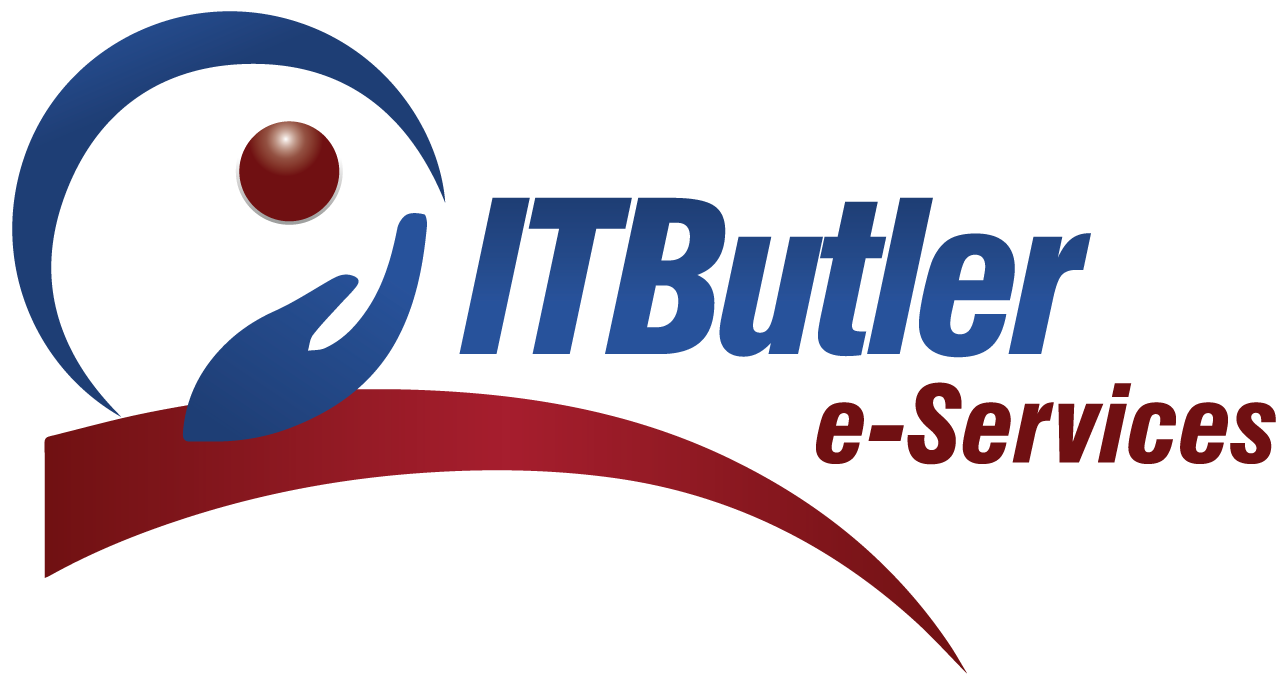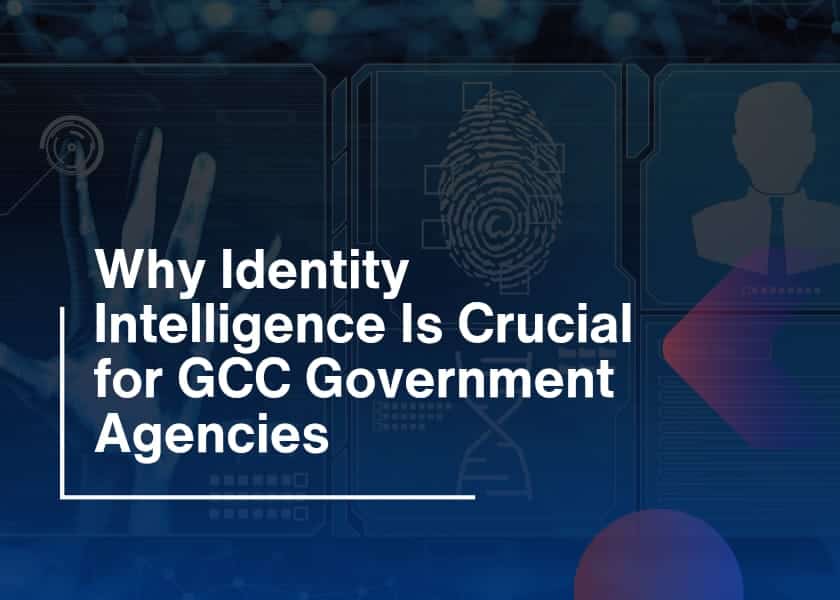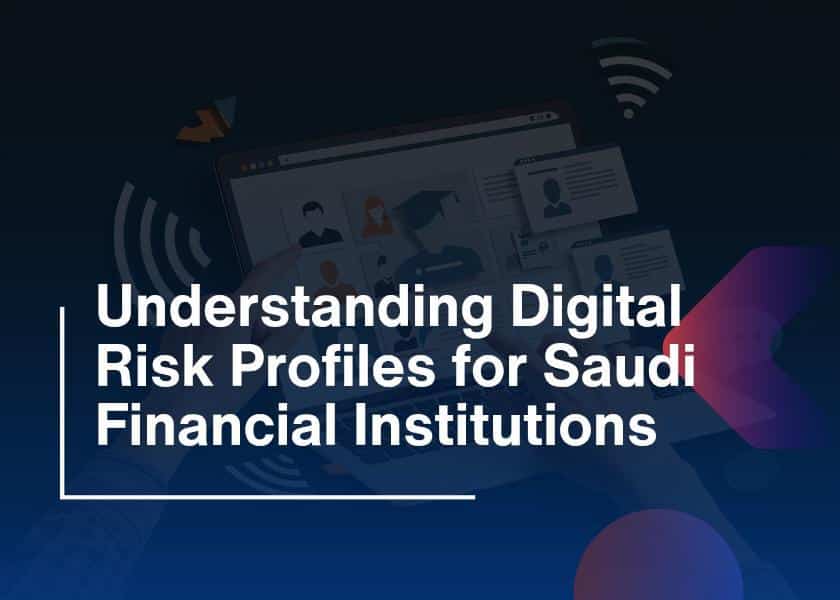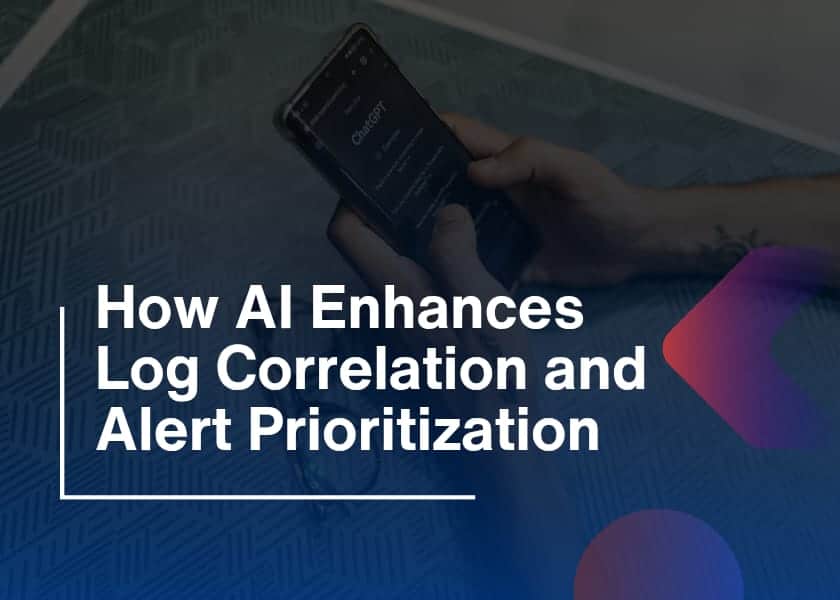Is your organization ready for modern cyber threats, but unsure how to align security, compliance, and risk in one system? That’s where a well-designed GRC framework steps in. In today’s rapidly changing digital world, you can’t rely on reactive strategies. Instead, building a solid GRC in a cybersecurity foundation allows your business to stay compliant, manage risks proactively, and govern with confidence. But how do you implement a GRC framework? What steps do you take, and who should be involved? Let’s walk through it all in simple terms.
What Is a GRC Framework?
To make the implementation process more accurate, let us, before leaping into said implementation, take a quick definition of the term. Governance, Risk management, and Compliance are strategically implemented together through a GRC framework geared at providing strategic choices in cybersecurity decisions. It assists organizations to:
- Firstly, install specific rules and duties (Governance)
- Then. identify, evaluate, and reduce online threats (Risk)
- Lately, it has fulfilled policy, regulatory, and legal requirements (Compliance)
Moreover, when applied correctly, GRC in cyber not only reduces risks but also makes the organization work and act smarter.
What is the importance of GRC in cybersecurity?
It is no longer desirable to seek answers rammed in after a data breach or an audit. In this way, you put yourself ahead of the situation by adopting GRC. And this is why it is important:
- It makes sure that security plans are kept in line with business objectives
- Additionally, it mitigates both financial, operational, and reputational risks
- It establishes credibility among the customers, investors, and regulators
- It can make your team react quicker to the threat or compliance violations
So, what about making all this work? Now it is time to proceed to that.
Implementing GRC Framework
The idea of adopting GRC in the sphere of cybersecurity may be intimidating. It is easier, but more effective, to break it into tiny steps that are easily accomplished.
1. Safe Executive Support
Leadership support is impossible to implement GRC. However, begin by communicating why it is important: keeping business continuity on track, not paying fines, and retaining reputation. Additionally, give practical examples of those companies that collapsed because of their bad governance or failure to comply. Furthermore, leaders are more inclined to invest in tools, people, and processes when they know the risks and rewards.
2. Identify Your GRC Goals
To adopt GRC, one must initially state what one wants to attain. The objectives that you have might be compliance with certain regulatory requirements like the GDPR or the HIPAA, an increase in the level of cybersecurity in the organization, the need to reduce the risks of third parties, or the need to streamline the audit and reporting procedures within the company.
3. Evaluate the Present Abilities and Vacuums
Assess your current practices before coming up with a new framework. Envision an existence of polices and procedures (formal) within your organization presently. In addition, consider who is already doing risk assessments and by what frequency. Then, evaluate your process and efficiency of your compliance audits. Also, consider the use of any tools in order to monitor the implementation of the policy or the risk exposure.
4. Design the GRC Framework Structure
With your goals defined and current capabilities assessed, you can start structuring your GRC framework. However, it should include clear governance policies that lay out who is responsible for security decisions and how accountability is enforced. In addition, it should also outline a structured risk management process that includes identifying potential threats, assessing their severity, and defining mitigation steps. Lastly, your compliance mechanisms need to specify how you will meet internal policies and external legal requirements while keeping detailed audit trails.
5. Assign Roles and Responsibilities
GRC works best when everyone in the organization knows their role. So, this isn’t just an IT task; every department has a part to play. Therefore, the IT team typically monitors technical security threats, while compliance officers focus on meeting legal obligations. Moreover, risk managers handle the evaluation and prioritization of risks, and department heads help enforce policy at the team level.
6. Automate Where Possible
In today’s fast-paced digital environment, manual tracking of risks, policies, and compliance is not sustainable. Additionally, automation helps reduce human error, speeds up reporting, and allows for real-time risk monitoring. Moreover, platforms like Service Now GRC can help streamline workflows, RSA Archer offers robust tools for risk and compliance tracking, and OneTrust supports data privacy management.
7. Conduct Regular Risk Assessments
Threats change, and so should your risk strategy. Schedule assessments quarterly or annually. Include both internal and external threats, like insider misuse, third-party vendors, and new attack vectors. Update mitigation strategies based on findings. Moreover, prioritize risks based on impact and likelihood.
8. Audit Compliance Frequently
Don’t wait for a government audit to review your policies. Internal audits keep everything on track. They also identify gaps early, helping you avoid regulatory fines and data breaches. Furthermore, document findings and follow up on corrections.
9. Use Metrics and KPIs
How do you know if your GRC program is working? Track progress with key performance indicators (KPIs), such as:
- Number of risks mitigated
- Compliance scorecard results
- Time to resolve incidents
- Policy violation rate
Moreover, use dashboards or reports to visualize progress and make improvements.

Common Challenges When Implementing GRC
Even with a good plan, bumps in the road are normal. Here are some common challenges—and how to solve them:
- Resistance to Change: Educate staff on how GRC protects the company and makes their jobs easier.
- Silos Between Teams: Promote collaboration through cross-functional meetings and shared tools.
- Complex Regulations: Use compliance tools and legal advisors to stay ahead of changing rules.
- Lack of Resources: Start with a pilot project and scale based on outcomes.
Who Should Lead GRC in Cybersecurity?
Depending on your company size, the GRC lead may be:
- A Chief Risk Officer (CRO)
- A Chief Information Security Officer (CISO)
- A Compliance Manager
- Or even a dedicated GRC team
The key is to have a central authority that drives consistency, oversight, and alignment across all departments.
Why GRC in Cybersecurity Is a Long-Term Asset
Implementing GRC is not just about checking boxes. It’s about building resilience. In the age of ransomware, phishing, insider threats, and strict privacy laws, GRC helps you:
- Prevent costly breaches
- Prove regulatory compliance
- Maintain customer trust
- Make smarter decisions faster
Most importantly, it helps you create a culture where security and accountability become part of everyday work, not just when something goes wrong.
Final Thoughts
Implementing a GRC in a cybersecurity framework is one of the smartest decisions an organization can make. It’s not just about defending against threats; it’s about leading with confidence, staying compliant, and protecting what matters most. Start small. Plan strategically. Involve your people. Use technology wisely. Additionally, above all, treat GRC as a journey, not a one-time fix.





